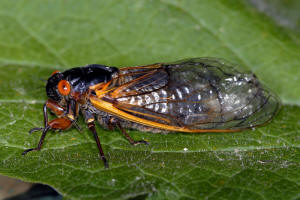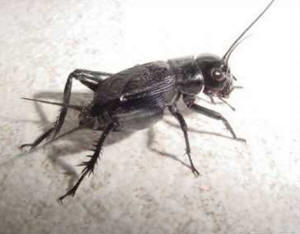|
 The wooly bear caterpillar legend is one of the most often
quoted. The banded wooly bear is black at both ends, and has
orange and black stripes in the middle. The legend says the more
stripes that are black in the middle, the more severe the
winter. Science says more stripes are dark dependent on moisture
conditions in the area and the age of the caterpillar. There are
also nine US species. The banded wooly bear is the larvae of the
Isabella moth. Other moth larvae in the group have different
colored caterpillars. The wooly bear caterpillar legend is one of the most often
quoted. The banded wooly bear is black at both ends, and has
orange and black stripes in the middle. The legend says the more
stripes that are black in the middle, the more severe the
winter. Science says more stripes are dark dependent on moisture
conditions in the area and the age of the caterpillar. There are
also nine US species. The banded wooly bear is the larvae of the
Isabella moth. Other moth larvae in the group have different
colored caterpillars.

Cicada
Of course, the first frost can be predicted by the singing of
cicadas. “Six weeks from the first song of the dog day cicada
comes the first frost.” Boy I hope not. That would mean next
week is going to be very chilly. A yellow butterfly flying in
your face also mean a frost, but this time it will be in 10
days.


cricket
There are some more meaningful signs. The buckeye trees have
started losing their leaves in large numbers, and the crickets
are “singing” – or trying to get into your home. Crickets are in
the nuisance pest group, but are more troublesome than most
since they make loud noises in the middle of the night.
[to top of second column] |

With nuisance pests, the best offense becomes a good defense. We
can start with a barrier pesticide application on the foundation
of the house (and the adjacent foot or two of soil around it)
with something like permethrin insecticide. This puts down a
barrier that insects crawl through when trying to get in or on
your house. Insects may not die immediately, but shouldn’t last
long after crawling through this barrier. In severe cases of
insects congregating on outside walls, entire walls can be
treated. Just make sure you test apply the chemical to a small
section to make sure you don’t discolor siding.
Of course, if insects are already in the house the barrier won’t
stop them. Inside the home, only aerosol products should be
used. The safest of the group are the ones for flying insects
that contain pyrthrins or their derivatives. These products
basically kill insects that you get the spray on, and the sprays
are inactivated by hitting the wall, floor, or other surfaces.
You can spray the air in a particular room and vacuum up the
dead insects in an hour or so. This is one way to get insects
inside the house. Remember the toxic principles of pyrethrins
and pyrethroids on dogs and cats, particularly with direct
sprays.
Another useful tactic, particularly with ants and crickets, is
to use baseboard type sprays. These products are typically
labeled ant and roach type products, and may last for several
weeks. Just spray in the high insect traffic areas, along
baseboards, to put down a lasting barrier inside the house.
For ants, the bait stations also offer us the opportunity to
kill the entire nests. The bait stations are probably the most
effective, but should be used alone for at least a week. Then
you can also use the baseboard type sprays. The idea is to let
live ants get to the bait and take some to the nest.
For those that don’t like to use chemical products, the use of
sticky boards (like the type used for rats and mice) offer an
option. Place these in areas where many insects are seen, such
as room corners and under stairs in the basement. The vacuum
cleaner is also a good option for cleaning insects from
draperies and the like.
[By JOHN FULTON, COUNTY EXTENSION
DIRECTOR SERVING LOGAN, MENARD, AND SANGAMON COUNTIES] |